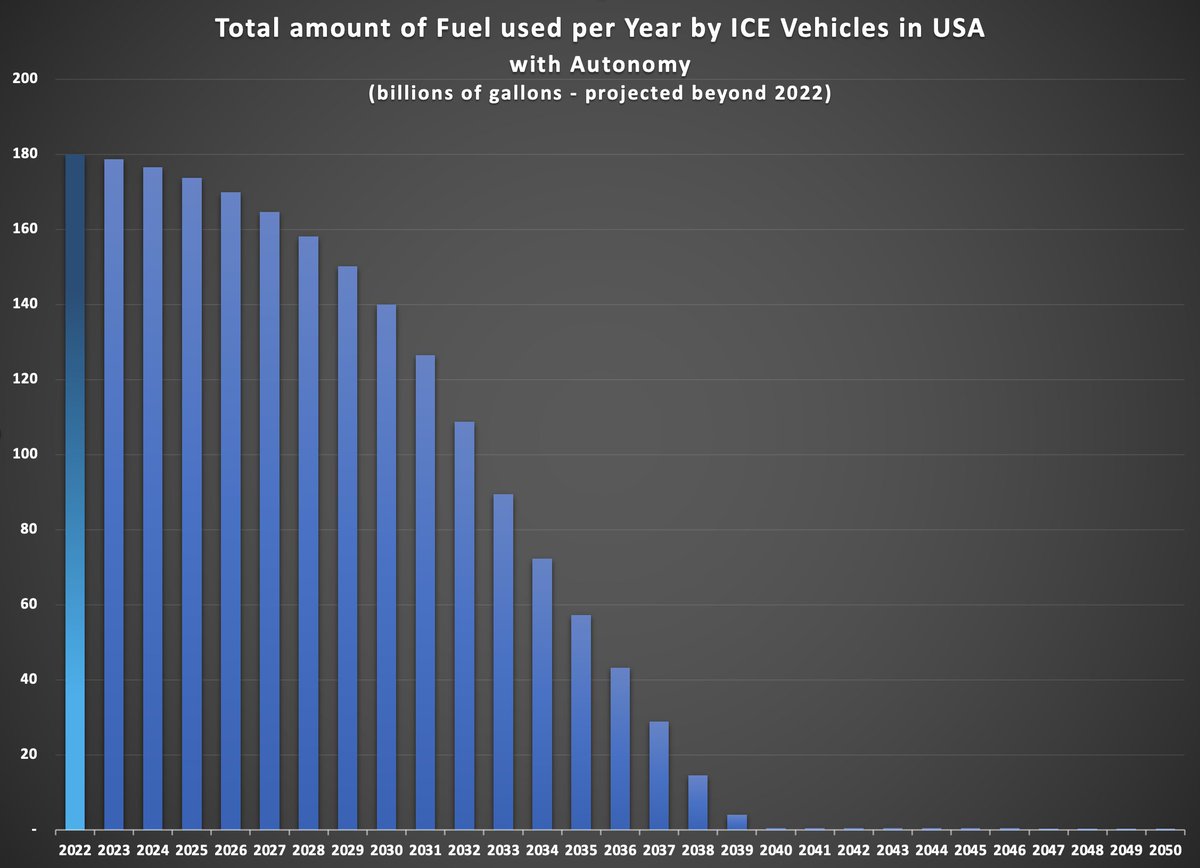
Co-Founder & Chief Investment Officer at Brilliant Advice - My posts here are Not Financial Advice - Tesla referral link: https://t.co/avzV5oF17G
4 subscribers
How to get URL link on X (Twitter) App





 Solution #1: Cut Spending and Balance the Budget
Solution #1: Cut Spending and Balance the Budget






 Many people seem to think that Robotaxis can only make money during the daytime and just for a few peak hours, but this real life case study using non-peak hours proves otherwise.
Many people seem to think that Robotaxis can only make money during the daytime and just for a few peak hours, but this real life case study using non-peak hours proves otherwise.https://x.com/CernBasher/status/1924071727757250735



https://x.com/CernBasher/status/1877860811579777346




 First, let's take a look at Nvidia - which is the first example of an "AI compounder."
First, let's take a look at Nvidia - which is the first example of an "AI compounder."






 A multi-part post on Tesla's stock performance since the Jun 29, 2010 IPO...
A multi-part post on Tesla's stock performance since the Jun 29, 2010 IPO...https://x.com/CernBasher/status/1830339120461140163




 Let's compare Tesla's stock to Nvidia's over the same time period.
Let's compare Tesla's stock to Nvidia's over the same time period.
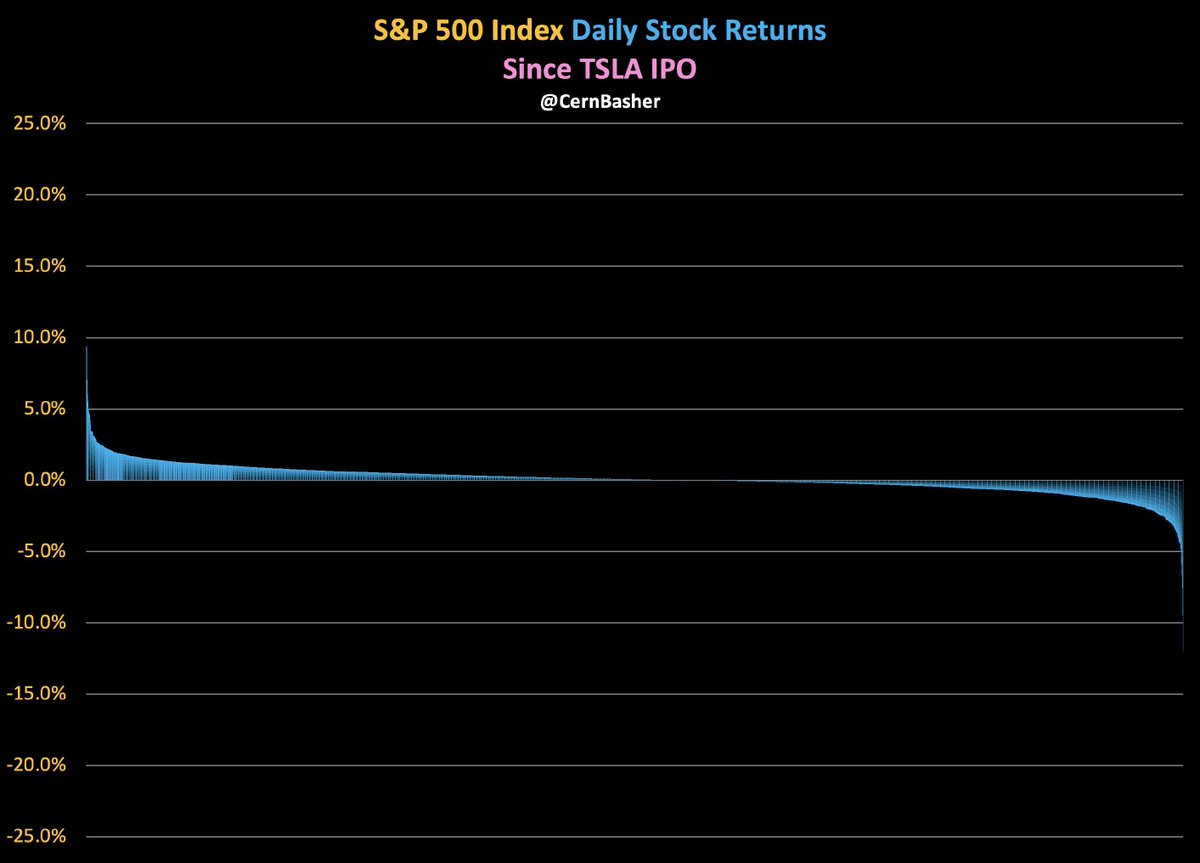



 Lower long-term growth means that short term earnings matter more...
Lower long-term growth means that short term earnings matter more...



 Now, let's look at what could happen when transportation becomes so cheap that people decide to travel more miles - when price goes down, demand always goes up.
Now, let's look at what could happen when transportation becomes so cheap that people decide to travel more miles - when price goes down, demand always goes up.


 1) A deflation machine
1) A deflation machinehttps://twitter.com/CernBasher/status/1734945442511687768

 And how might this look for Tesla?
And how might this look for Tesla?

 1) Robotaxi Implications - First, Second & Third Order
1) Robotaxi Implications - First, Second & Third Orderhttps://twitter.com/CernBasher/status/1777709906461675595



 Here are the charts/calculations for the vehicles where FSD has already been purchased. This results in a larger jump in value.
Here are the charts/calculations for the vehicles where FSD has already been purchased. This results in a larger jump in value.


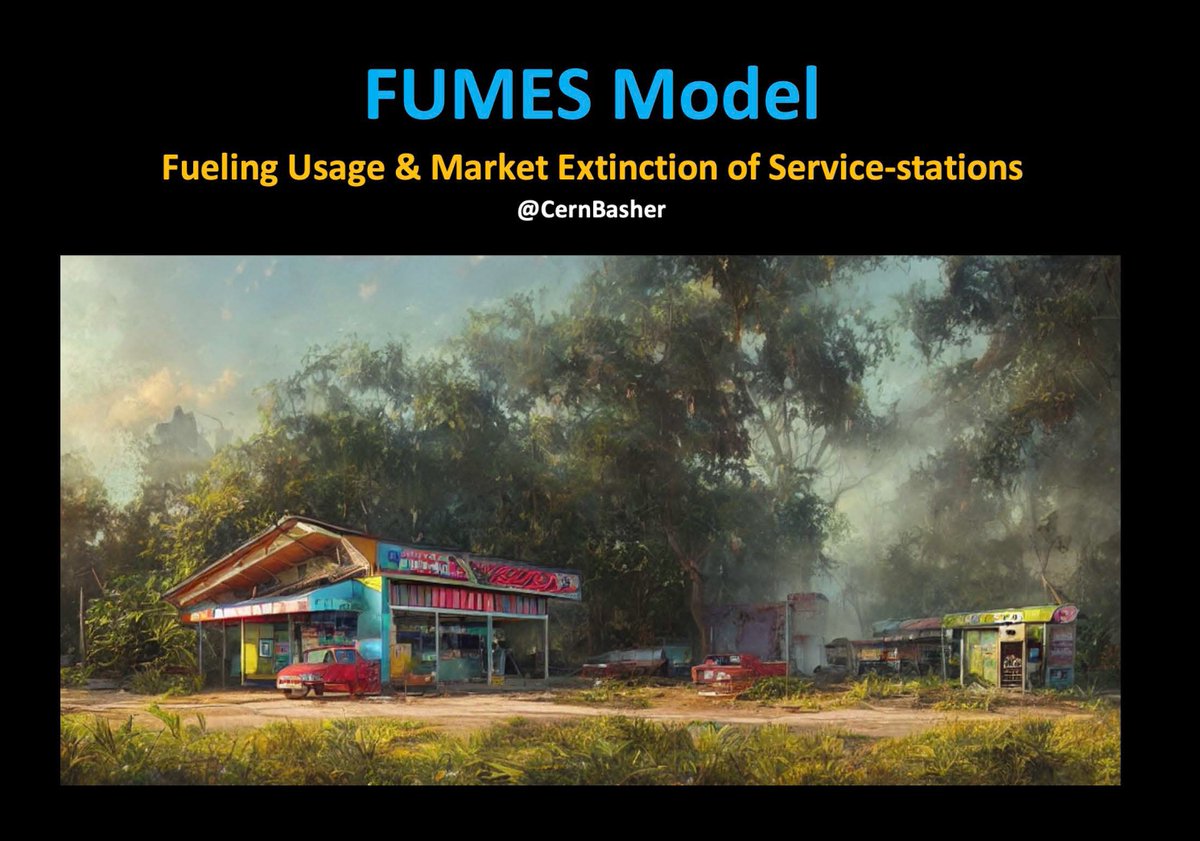



 FUMES without Autonomy – a steady decline:
FUMES without Autonomy – a steady decline:




 Figure @Figure_robot
Figure @Figure_robot 


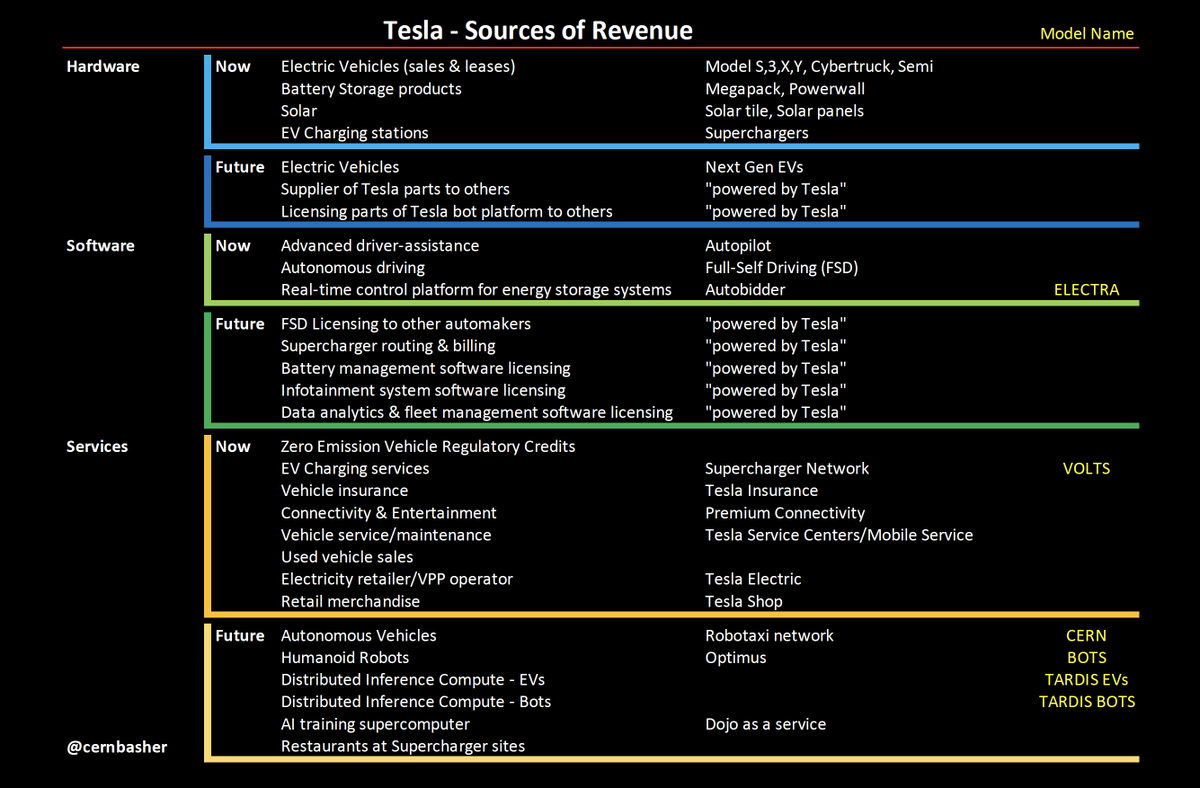
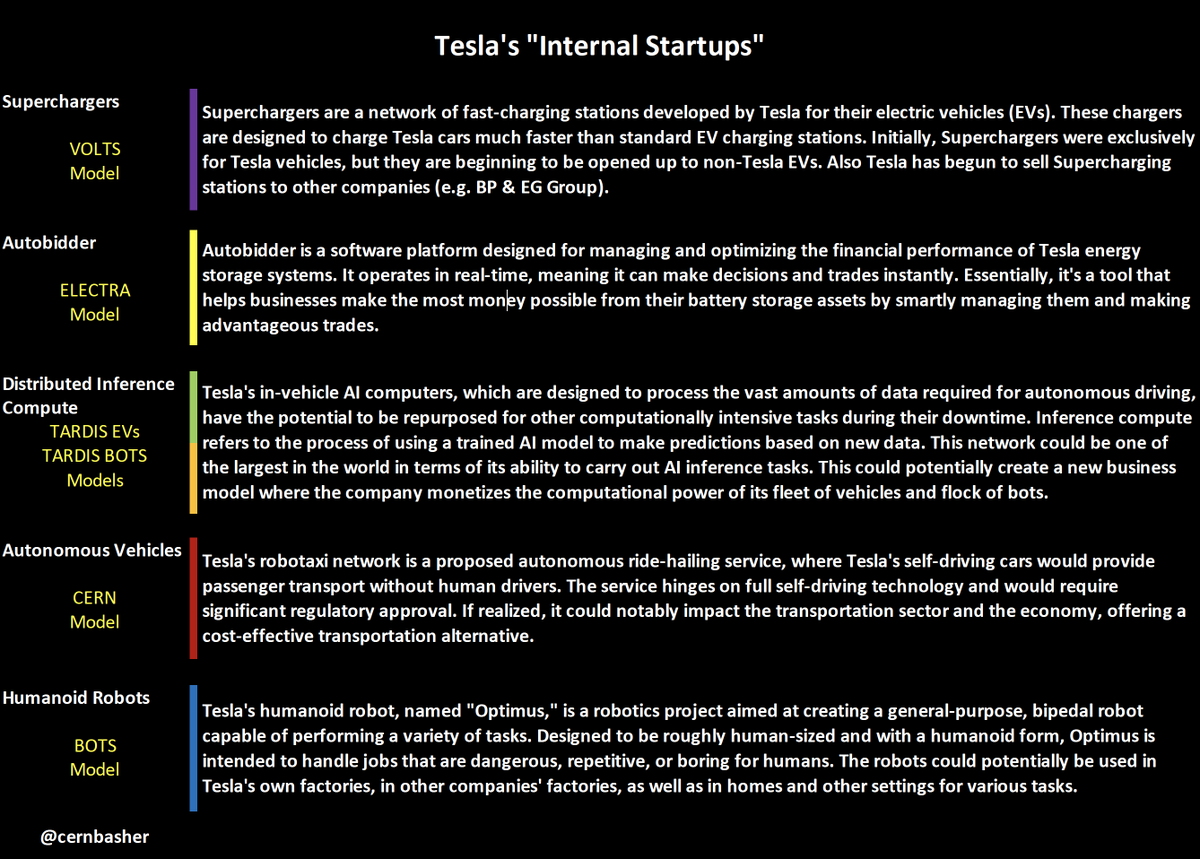
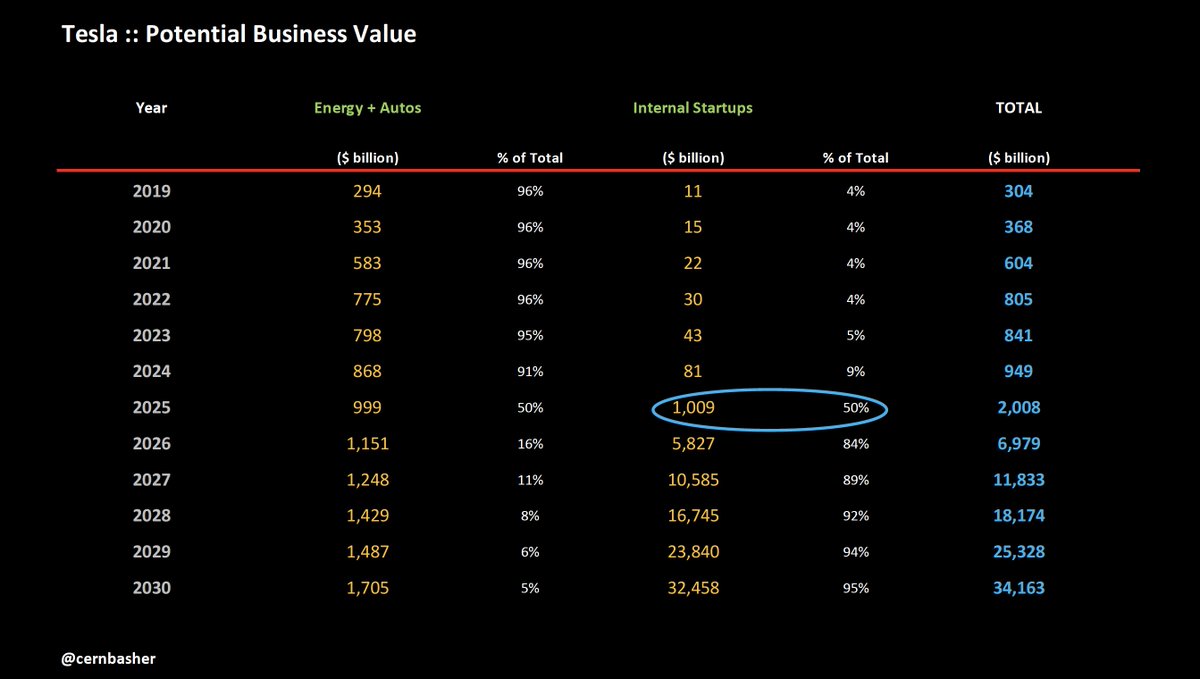 Three of the five Internal Startups - Supercharging, Autobidder and Distributed Inference Computing for both EVs and Bots could account for almost $1 trillion in market value by 2030.
Three of the five Internal Startups - Supercharging, Autobidder and Distributed Inference Computing for both EVs and Bots could account for almost $1 trillion in market value by 2030. 



 2/ FUMES with Autonomy – a rapid decline:
2/ FUMES with Autonomy – a rapid decline:
